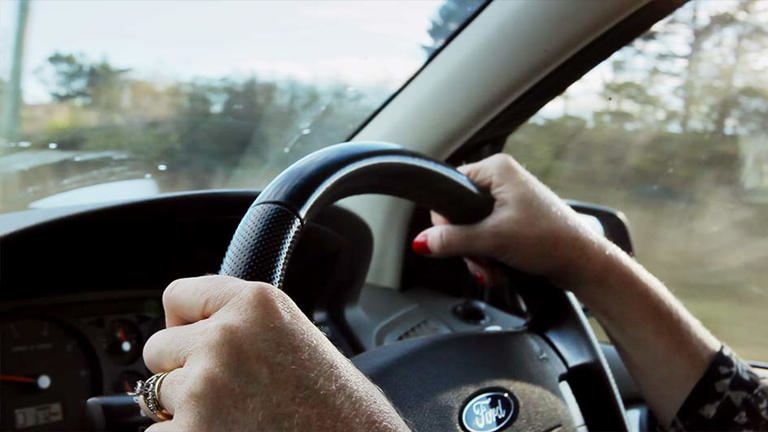We've all found ourselves at one time or another speeding up to get somewhere faster. In fact, 40-50% of us drive above the speed limit, according to the World Health Organization.*
During the 4th annual United Nations Global Road Safety Week, we invited Dr. Bridie Scott Parker, leader of the Adolescent Risk Research Unit at USC and Warren Hunter, station officer at Queensland Fire & Emergency Services, to talk to our staff about the importance of slowing down to stay safe. The key message from both speakers all came down to a little science lesson.
It's all about physics.
"The big thing with speed, like everything, is it's just physics. The faster something's going, the harder it hits." Officer Warren told us.
One of the reasons why it hits harder, is because the higher the speed of the vehicle, the greater the stopping distance. For example, if a vehicle going 50km/hr has 27 metres to brake, it will stop in time. A vehicle at 60km/hr will require 36 metres to brake and will hit someone (or something). Increase that to 80km/hr and we're looking at 58 metres to brake, which will hit at 62 km/hr and end in a potential fatality.
"The reality is, the faster the traveling speed, the more likely you will be injured in a car crash and that other vulnerable road user such as pedestrians, cyclists and motorcyclists will be seriously hurt and even killed," says Dr. Bridie.
To put that in perspective, a pedestrian has a 20% risk of dying if hit at 50km/h. That risk TRIPLES to 60% if they're hit at 80km/h. Officer Warren explains,
"If we are to have an impact from 100km an hour, the vehicle is designed to absorb some of that energy and the sudden decrease in speed. However our organs and our body cannot cope with that sudden deceleration... If we start looking at the impact of speed of two vehicles traveling in opposite directions, then we're looking at impacts up to 200kms an hour."
So while just one or two kms may not sound like a big deal, research shows that cutting down in speed by just 5% can reduce fatal collisions by 30% - what a difference that would make!
*All statistics in this article are from the WHO infographic via United Nations Road Safety Week.



